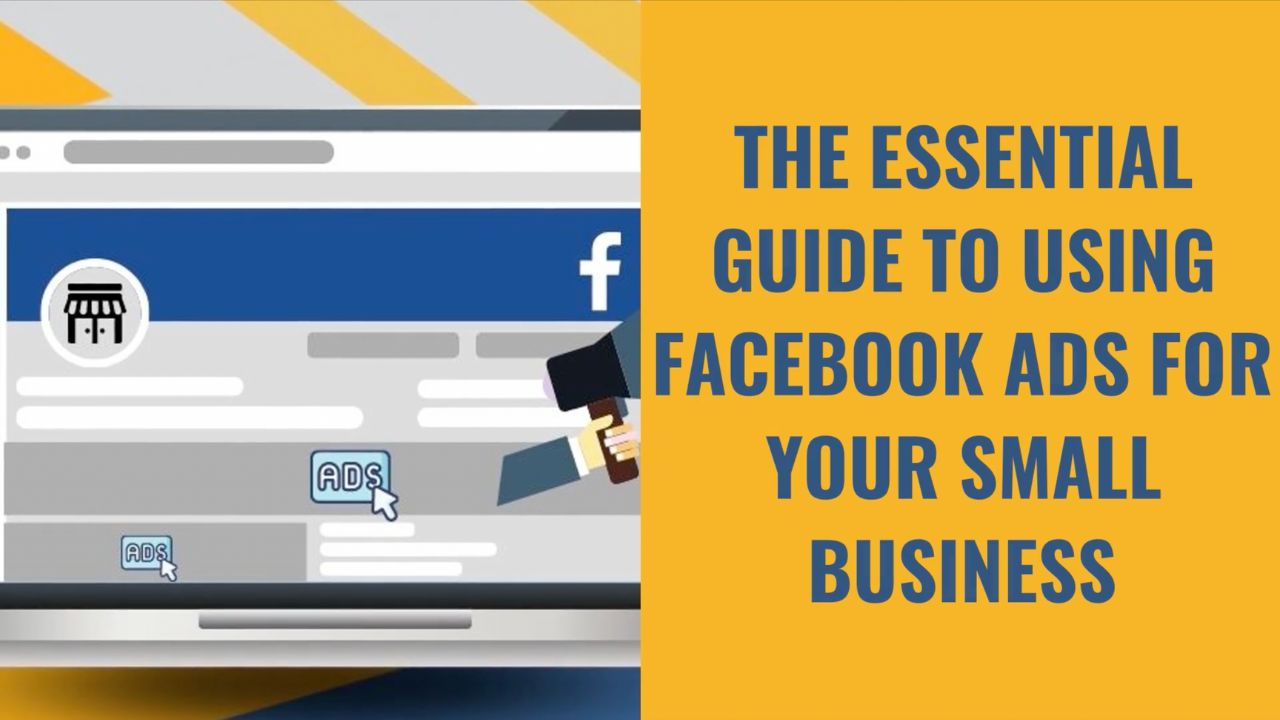Whether browsing a website or visiting a brick-and-mortar store, customers have more ways to interact with brands than ever before.
Each touchpoint a customer gets helps shape their experience of your business—an omni-channel strategy means ensuring every customer interaction delivers a unified and engaging experience.
That's important because:
- Customers expect a seamless experience, no matter how or where they engage with your brand
- An effective omni-channel strategy increases trust, boosts customer loyalty, and drives revenue.
In this post, we’ll dive into five omni-channel strategy examples used by well-known brands.
Regardless of the size of your business, the lessons they offer are invaluable, providing inspiration for connecting with your customers more effectively and in meaningful ways.
Let’s explore…
Understanding Omni-Channel Strategies
Customers no longer interact with brands through a single channel.
Instead, they move between online and perhaps offline channels, including:
- Browsing your website
- Checking out your social media
- For appropriate businesses, visiting your physical store or premises
This isn't restricted to just larger businesses either, but businesses of all sizes.
An omni-channel strategy seamlessly connects every customer interaction across platforms and devices, ensuring a unified and engaging experienceClick To Post OnWhat Is An Omni-Channel Strategy?
At its core, an omni-channel strategy is about creating a consistent and unified customer experience across all channels.
Whether your customer is engaging with your brand on a smartphone, desktop, or in person, an omni-channel approach ensures that each interaction feels connected and coherent.
It’s not just about being present on multiple platforms, but about integrating these platforms in a way that provides a seamless journey for your customers.
This means ensuring that your message and customer experience are consistent everywhere.
After all, no customer’s journey happens in a straight line, but zigzags across various touchpoints.
The key to ensuring they stay on that journey and don't disappear is to make sure it all feels smooth and unified.
Omni-Channel vs. Multi-Channel: What’s the Difference?
While both omni-channel and multi-channel strategies involve using multiple platforms to reach customers, the key difference lies in how these channels are integrated.
A multi-channel strategy offers multiple ways for customers to engage with your brand—like having a website, social media profiles, and a physical store—but these channels often operate in isolation.
This can result in a fragmented experience for customers, such as online promotions that aren’t reflected in-store or social media messages that don’t align with your email campaigns.
On the other hand, an omni-channel strategy avoids these issues by integrating all your channels.
This means your website, social media, physical store, and any other customer touchpoints work together harmoniously.
For example, a customer could start shopping on your website, continue browsing on their mobile device, and finish their purchase in-store—all while receiving consistent messaging and a smooth transition between channels.
Why Is An Omni-Channel Strategy Important?
Customer expectations are higher than ever. Delivering a seamless experience is key to building loyalty and driving sales.
- Companies with strong omni-channel strategies retain an average of 89% of their customers, compared to just 33% for companies with weak omni-channel strategies.
It’s not just for enterprise-level businesses either.
Small- to medium-sized businesses (SMBs) that adopt an effective omni-channel strategy can level the playing field with larger competitors.
Doing so can help you stand out in a crowded marketplace, leading to increased customer satisfaction, higher retention rates, and ultimately, stronger revenue growth.
Let’s dive into five real-world examples of how top brands are successfully implementing omni-channel strategies—and how you can adapt these strategies to your own business…
5 Omni-Channel Strategy Examples
To truly grasp the power of an omni-channel strategy, let’s look at how some of the world’s leading brands are putting it into practice.
These companies may be giants in their industries, but the principles they use can be adapted to fit businesses of any size.
1. Disney: Creating a Magical Experience Across Channels
Disney has set the gold standard for an omni-channel experience with its theme parks, website, and mobile app working seamlessly together.
The key to their strategy is integration—ensuring that every aspect of the customer’s journey is connected and enhanced through technology.
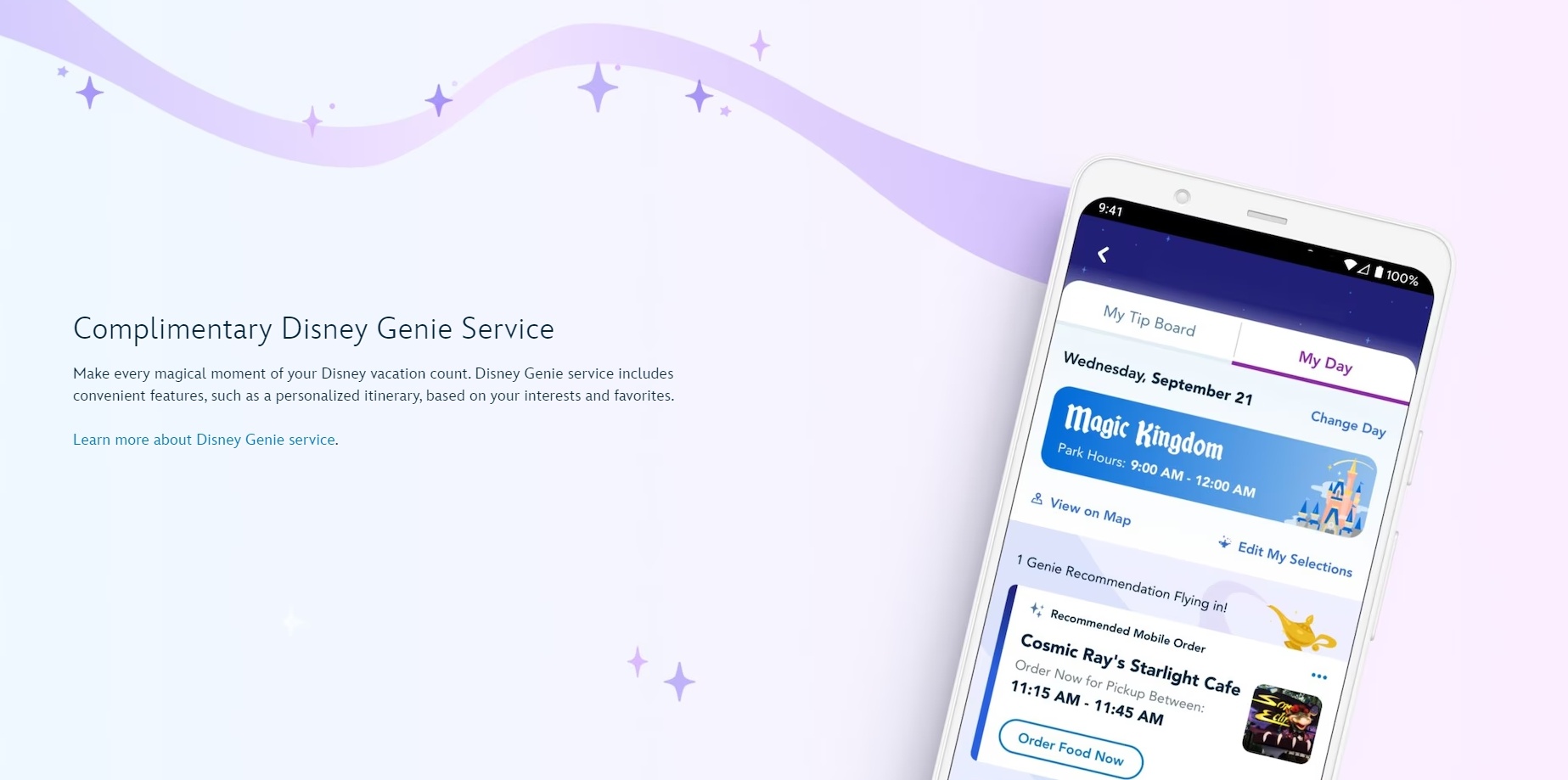
- Online planning—Disney’s website and app allow guests to plan their entire trip in advance. They can book hotels, reserve dining, and even schedule their FastPasses for rides—all from one platform.
- MagicBand technology—once at the park, the MagicBand serves as a hotel room key, a photo storage device, and a payment method, making the entire experience effortless.
- Real-time updates—the app provides real-time updates on wait times, showtimes, and personalized recommendations based on the guest’s location within the park.
Key Takeaway
Even if you’re not running a theme park, you can apply Disney’s approach by integrating your online and offline channels.
Use technology to streamline your customers’ journey, ensuring every touchpoint is interconnected.
A retail store could use an app that offers personalized promotions based on in-store behavior or online browsing history.
2. Bank of America: Seamless Banking Across All Channels
Bank of America is a great example of how the financial sector can leverage an omni-channel strategy to enhance customer service.
By connecting its mobile app, website, ATMs, and physical branches, the bank ensures a unified banking experience.
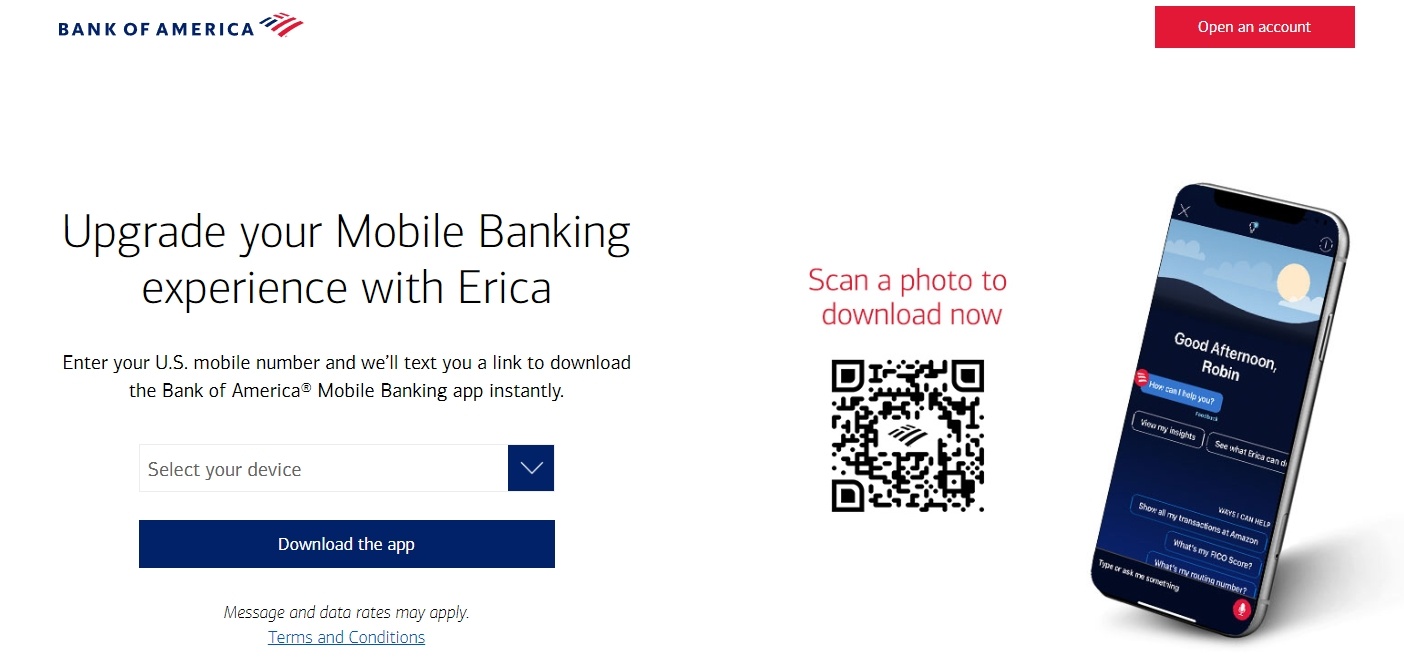
- Mobile and online banking—customers can manage nearly every aspect of their finances from their phone or computer, from depositing checks to transferring funds.
- In-branch integration—if an in-person visit is necessary, customers can schedule appointments through the app or website, reducing wait times.
- Virtual Assistant Erica—Erica, the bank’s AI-driven virtual assistant, provides consistent support across all channels, offering financial advice and answering questions based on the customer’s account history.
Key Takeaway
You don’t need to be a large bank to create a unified customer experience.
For smaller businesses, integrating digital tools like chatbots and appointment scheduling, and simply having a mobile-friendly website, can significantly enhance customer satisfaction and streamline operations.
3. Netflix: Consistent Content Delivery Anytime, Anywhere
Netflix is a master at delivering a seamless content experience across devices, ensuring that users can pick up where they left off, no matter what device they’re using.
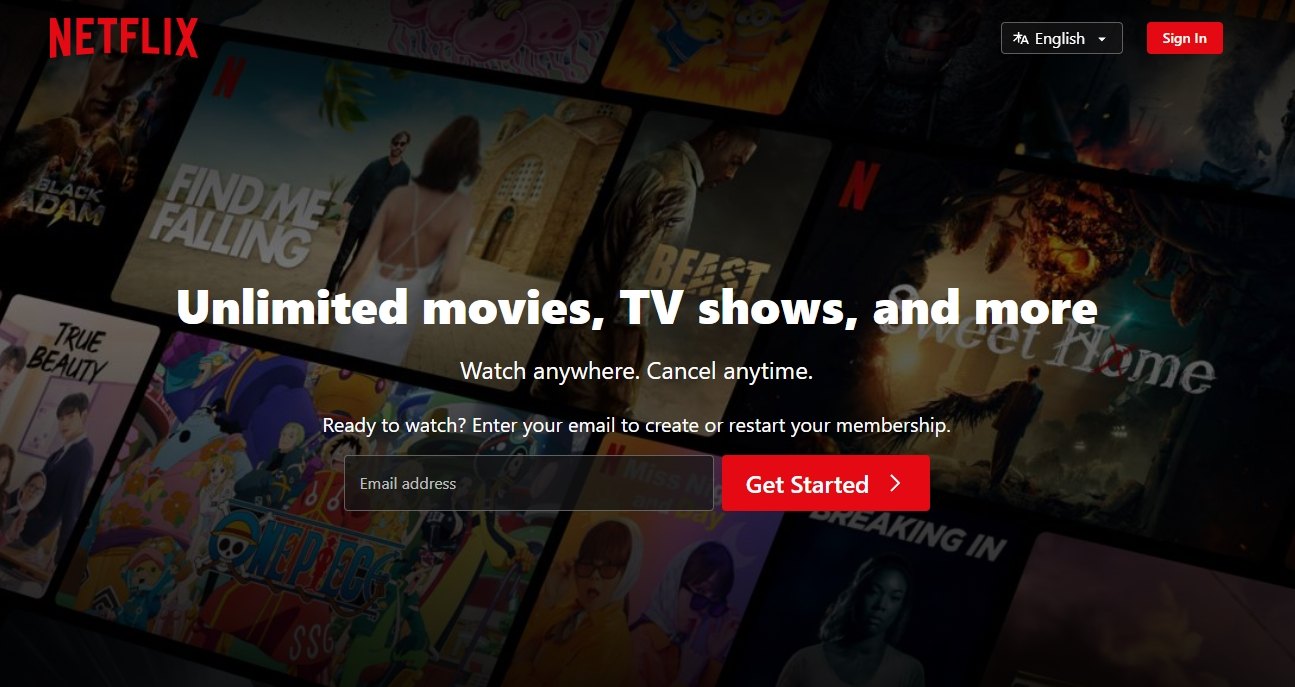
- Cross-device synchronization—whether users are watching on a smartphone, tablet, or smart TV, Netflix ensures that their progress is synchronized across all devices. This means that viewers can switch from one device to another without missing a beat.
- Personalized recommendations—Netflix’s powerful algorithm tracks viewing habits across devices to provide personalized content suggestions, enhancing the user experience.
- Offline viewing—users can download content on their devices for offline viewing, ensuring entertainment is available even without an internet connection.
Key Takeaway
Content is king, and how you deliver it matters.
Ensure that your content is accessible and consistent across all platforms.
If you’re running a content-driven business, like a blog or an online course, make sure your users can access and engage with your content seamlessly across different devices.
4. Mayo Clinic: Integrated Healthcare Experience
Mayo Clinic is a leader in delivering an integrated healthcare experience through its omni-channel approach, which includes patient portals, mobile apps, and in-person care.
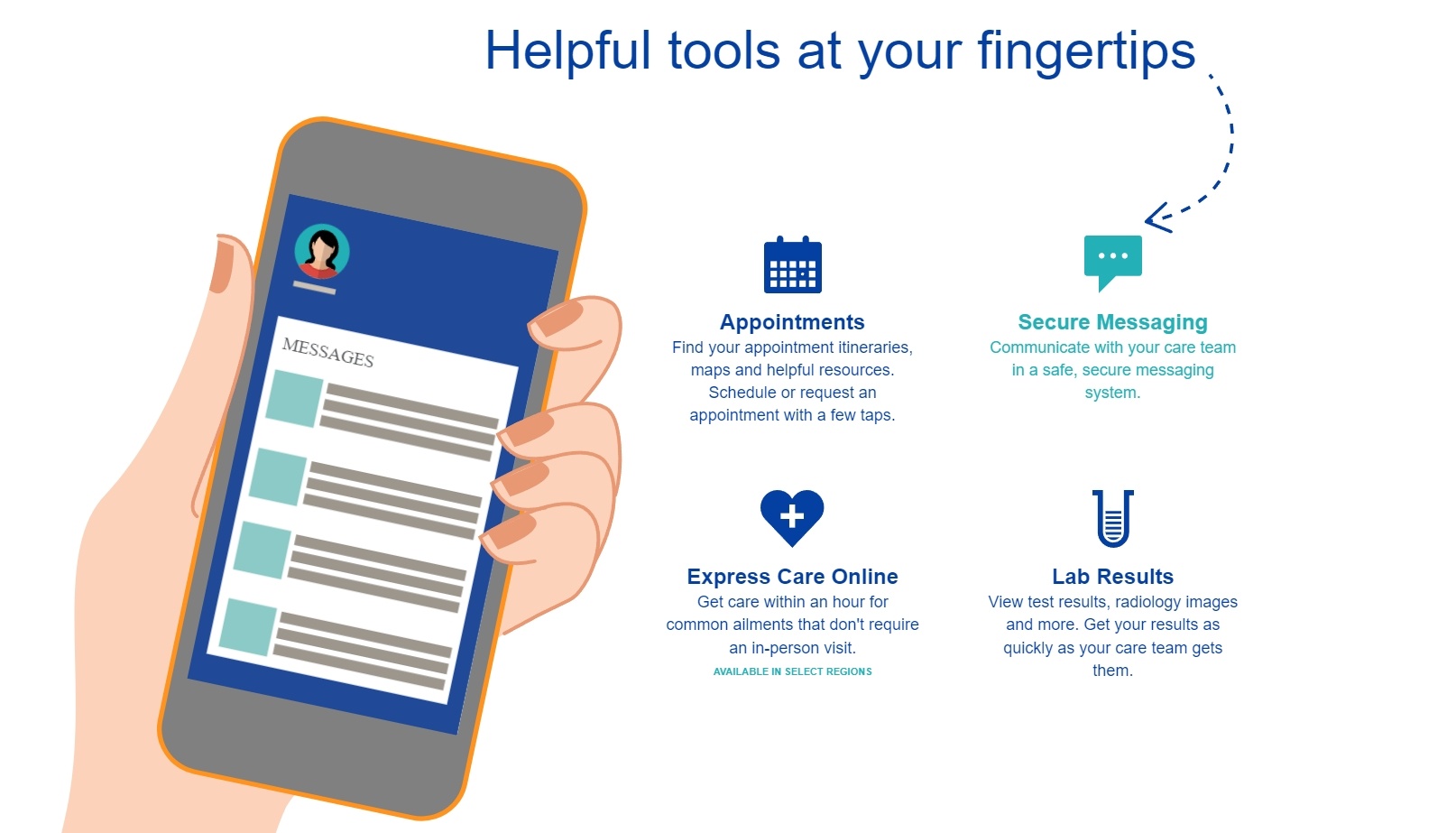
- Patient portals—Mayo Clinic’s patient portal allows patients to schedule appointments, view test results, and communicate with their care team—all in one place.
- Telehealth integration—the telehealth feature provides a seamless transition from in-person visits to online consultations, with all patient information updated in real-time.
- Comprehensive care coordination—patients can manage every aspect of their healthcare through connected channels, from booking appointments to accessing treatment plans.
Key Takeaway
Even in industries like healthcare, where trust and personal interaction are paramount, an omni-channel approach can enhance the customer experience.
Small practices can adopt similar strategies by offering online appointment scheduling, telehealth services, and patient communication portals to create a cohesive and accessible experience.
5. Amazon: The Ultimate Personalized Shopping Journey
Amazon’s omni-channel strategy is all about making the shopping experience as convenient and personalized as possible, whether customers are shopping online or in physical stores like Amazon Go and Whole Foods Market.

- Cross-platform shopping cart—Amazon allows customers to start shopping on one device and continue on another without losing their cart or preferences, ensuring a seamless shopping experience.
- Voice shopping with Alexa—with Alexa, customers can shop by voice, adding items to their cart and even completing purchases without lifting a finger.
- Amazon Prime—the integration of Amazon Prime provides benefits like faster shipping and exclusive deals, all accessible across platforms.
Key Takeaway
Personalization is key. By leveraging customer data and preferences, you can create a more tailored and engaging shopping experience.
Consider implementing features like a synchronized shopping cart across devices, personalized product recommendations, or even voice-enabled services if applicable.
Key Components of a Successful Omni-Channel Strategy
Implementing an effective omni-channel strategy isn’t just about being present on multiple platforms; it requires:
- Careful planning
- The right technology
- A customer-centric mindset.
Here are the key components that will help you build a successful omni-channel strategy for your business.
1. Data Integration: Unifying Customer Insights
Data is the foundation of any successful omni-channel strategy.
To create a seamless customer experience, you need a unified view of your customers across all channels.
Data integration unifies customer insights, enabling personalized and consistent experiences across all channelsClick To Post OnThis means integrating data from your website, mobile app, social media, in-store systems, and any other touchpoints to build a comprehensive customer profile.
But how?
Customer relationship management (CRM) systems can centralize data from all channels, ensuring your data is updated in real-time while making it accessible across your organization so that every department can deliver a consistent experience.
2. Customer-Centric Approach: Putting the Customer First
An omni-channel strategy is only as strong as its focus on the customer.
The goal is to create a seamless, personalized experience that meets your customers wherever they are in their journey.
This means understanding their needs, preferences, and pain points, and ensuring that every interaction they have with your brand is smooth and satisfying.
But how?
Map out the entire customer journey, identifying key touchpoints where you can add value.
Use customer feedback and data analytics to continuously improve the experience.
3. Technology Investment: Building the Right Infrastructure
To execute an omni-channel strategy effectively, you need the right technological foundation.
This involves investing in tools and platforms that enable you to integrate channels, manage data, and deliver personalized experiences at scale.
But how?
Evaluate your current technology stack and identify gaps that need to be filled.
This might include:
- Upgrading your e-commerce platform
- Adopting marketing automation tools
- Enhancing your mobile app capabilities.
4. Consistent Branding and Messaging: Ensuring Cohesion Across Channels
Your brand’s voice, message, and identity should be consistent across all channels.
Whether a customer is interacting with your brand on social media, your website, or in a physical store, they should receive the same message and experience.
But how?
Develop clear brand guidelines that outline your tone, messaging, and visual identity.
Consistent branding and messaging across channels ensure cohesion and reinforce brand identity in an omni-channel strategyClick To Post OnMake sure these guidelines are followed across all channels, such as:
Keep your messaging under review, and update it as necessary to ensure it remains relevant and consistent.
5. Measurement and Adjustment: Continuously Improving Your Strategy
An omni-channel strategy is not a set-it-and-forget-it initiative.
To stay competitive, you need to continuously measure its effectiveness and make adjustments based on performance data and customer feedback.
But how?
Set clear key performance indicators (KPIs) that align with your business goals, such as:
- Customer retention rates
- Average order value
- Customer satisfaction scores.
Use analytics tools to track these metrics across all channels and gather insights.
Be prepared to pivot your strategy based on the data, whether that means:
How to Model These Strategies
We’ve seen how industry giants implement omni-channel strategies to deliver seamless customer experiences.
But you don’t have to be an enterprise-sized business to take advantage too!
So how can you take these insights and apply them to your own business?
Here’s a guide to help you adapt, scale, and measure these strategies effectively.
1. Adaptability
Start small by integrating the channels where your customers are most active and ensure your messaging is consistent across all platforms.
Use existing tools and stay flexible, adjusting your strategy as your business evolves.
2. Scalability
Invest in scalable technology and automate routine tasks to handle increased traffic and more complex customer interactions as your business grows.
Prepare your systems to accommodate sudden spikes in demand.
3. Measurement and Adjustment
Set clear KPIs and use analytics tools to track performance, regularly reviewing the data to refine your strategy.
Act on customer feedback to make targeted improvements that enhance the overall experience.
4. Personalization
Segment your audience and deliver personalized content that resonates with each group.
Continuously test and refine your approach to ensure your messaging meets the unique needs of your customers.
5. Collaboration
Break down silos within your organization and ensure all departments are aligned towards delivering a seamless omni-channel experience.
Encourage cross-department collaboration and provide ongoing training to keep everyone on the same page.
Frequently Asked Questions
What is an omni-channel strategy?
An omni-channel strategy creates a seamless and unified customer experience across all channels.
What's the difference between omni-channel and multi-channel strategies?
Multi-channel strategies operate in isolation, while omni-channel strategies integrate all channels for a cohesive customer experience.
Why is an omni-channel strategy important?
Omni-channel strategies boost customer retention, loyalty, and revenue by meeting customer expectations for a seamless experience.
How can I apply omni-channel strategies in my business like Disney does?
Integrate online and offline channels, use technology to streamline customer journeys, and offer real-time updates to create a connected experience.
How can I enhance customer satisfaction through a unified experience like Amazon?
Personalize the shopping journey by implementing synchronized shopping carts, personalized recommendations, and voice-enabled services, leveraging customer data and preferences.
To Conclude
By examining these five examples, it’s clear that a strong omni-channel strategy can significantly enhance the customer experience, boost loyalty, and drive revenue growth.
Whether you’re in retail, banking, healthcare, or e-commerce, integrating your channels to create a seamless experience is crucial for staying competitive in today’s market.
Remember, you don’t need to be a large enterprise to implement these strategies.
Start by adapting the principles to fit your business, focusing on personalization, scalability, and continuous improvement.
With the right approach, you can create an omni-channel strategy that not only meets your customers’ expectations but also sets your business apart from the competition.






